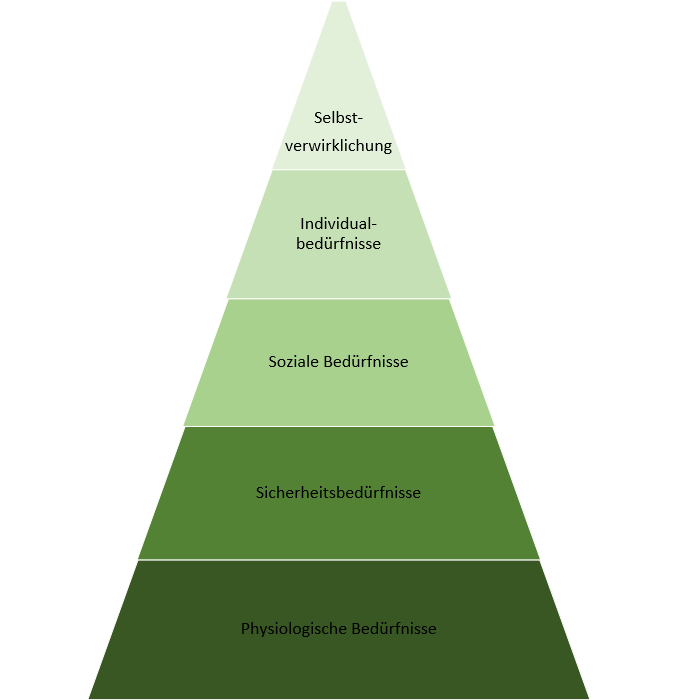Steering Wheel of Selling
What is the Steering Wheel of Selling and how can it support me throughout the entire sales process?
Steering Wheel of Selling
The Steering Wheel of Selling is divided into six phases and is "movable," meaning the order of the phases depends on the situation. The phases serve only as a basic structure.

Preparation
The preparation phase is often forgotten. However, it is the foundation of the sales conversation. In the preparation phase, the salesperson familiarizes themselves with the potential buyer, researches the company if necessary, gains industry knowledge, and finds out something about the conversation partner if possible.
Contact Phase
The contact phase is for getting to know each other and assessing each other. The conversation partners greet each other, get acquainted, and engage in small talk. Topics that have already been researched can be brought up here to show interest in the other person.
Needs/Requirements Analysis
In this phase, targeted questions are used to determine what is important to the customer and what the customer is really concerned about. The focus is specifically directed towards product features and the context of use. (Repeated) guiding question: "What is important to you [in relation to]? What are you concerned about?"
It is important to distinguish between the two terms as follows:
- Requirement: Product features (What can it do?)
- Need: Motives, reasons (emotional)
Core Business Needs
The core business needs are:
- Profit/Saving
- Security / Pain Avoidance
- Prestige
- Comfort
- Joy/Fun
Needs Pyramid
The needs pyramid represents all types of human needs.

Physiological Needs
Basic human needs – food, sleep, sex
Safety Needs
e.g., regular income, housing
Social Needs
e.g., family, circle of friends, (club) affiliation
Individual Needs
e.g., recognition, status symbol
Self-Actualization
e.g., meaning of life
Presentation
In this phase, a product is presented to the customer, highlighting advantages and benefits (as counterparts to needs and requirements). It is important to explicitly relate to the points identified in the needs/requirements analysis. A sensible structure for the product presentation is the advantage-benefit argumentation.
Buying Signals / Closing / Objection Handling
Once the customer sends buying signals (nodding, questions about application, ...), the salesperson's task is to ask the closing question. It's not about whether the customer buys, but about details such as delivery.
If the buyer still has concerns, open questions must be asked to find out whether it is an objection or a pretext.
An objection is a "real," serious concern. A pretext is a stated reason that is not actually decisive. The customer does not want to reveal the true reason (immediately).
To find out whether it is an objection or a pretext, the salesperson can ask the following question: "Is there anything else preventing you from doing business with me?". If the customer provides a second reason, the first statement tends to be a pretext. The last statement is usually what the customer is really concerned about (objection). If the customer does not provide another reason, the first statement was already the objection.
Follow-up
In this phase, the focus is on reflecting on the conversation, preparing a follow-up appointment if necessary, noting information about the customer / maintaining it in the CRM (Customer-Relationship-Management), and similar tasks.
